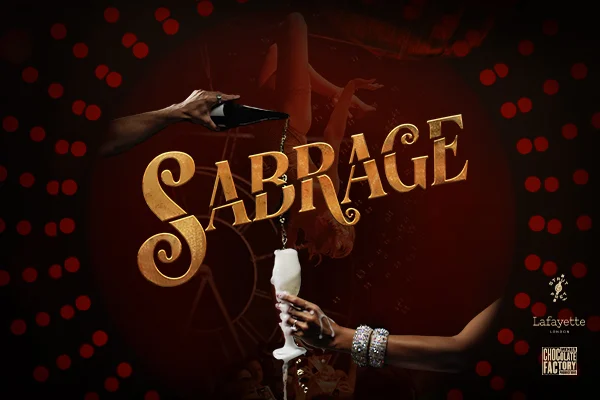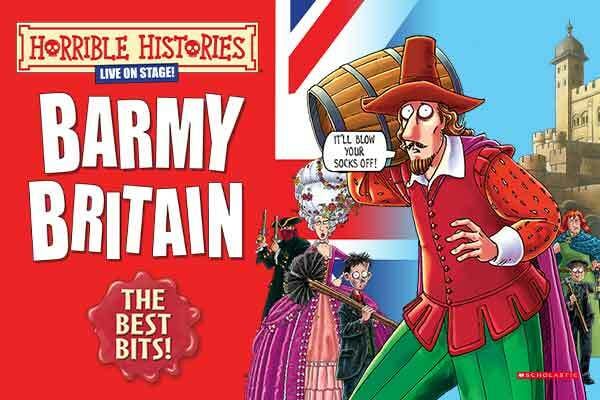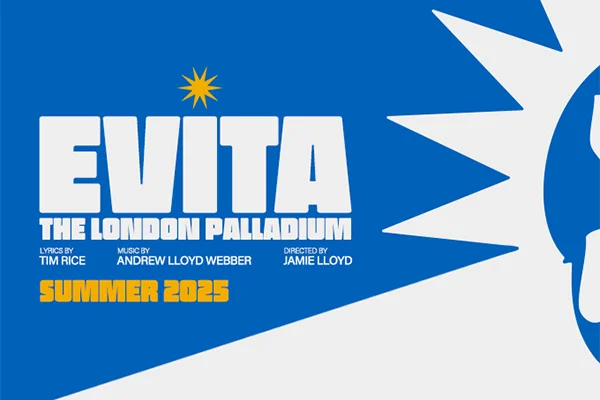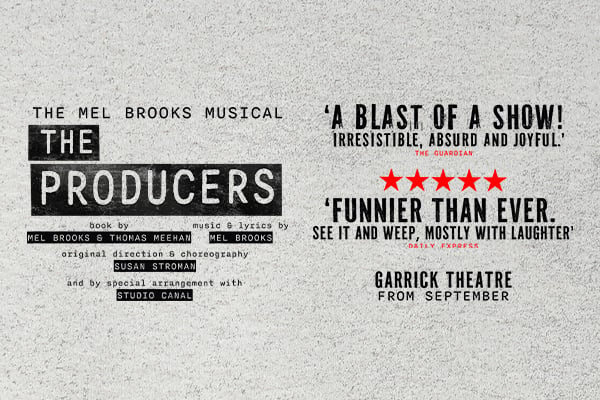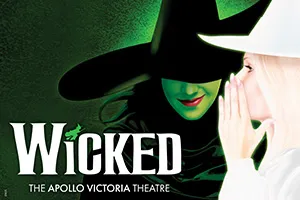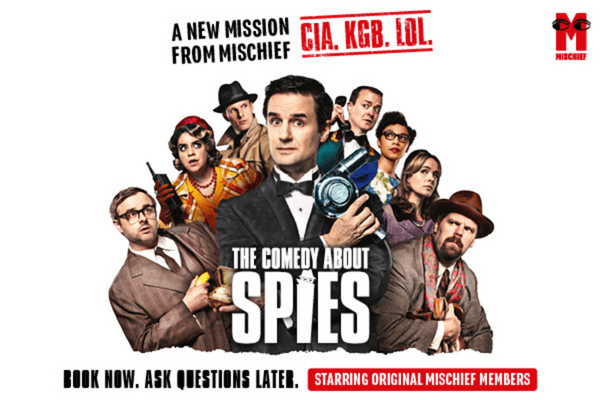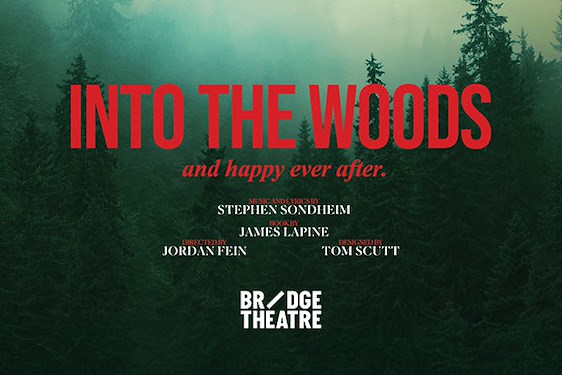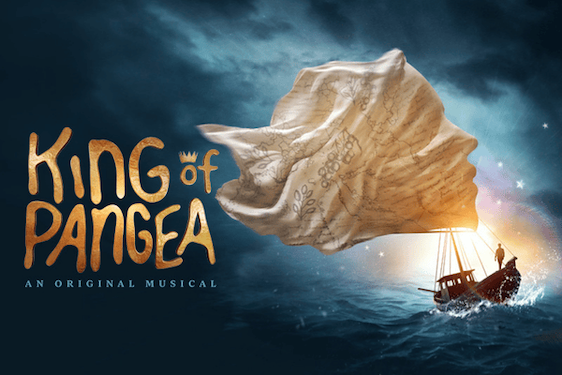The title of the play sets up an immediate opposition between love and understanding, and once seated, we are soon presented us with characters full of love and totally lacking in understanding. Overworked doctors-in-training and spouses - Neal and Rachel - unwillingly host Richie, an old friend of Neal’s. By trying to seduce Rachel and by misbehaving generally, he applies pressure to this already strained relationship.
I tried to work out what makes this play different to the all the other classic love triangle templates so worn out in both theatre and literature more generally. The story of the plain, innocent couple corrupted by the cunning of a jealous outsider – it dates all the way back to Genesis. Quite frankly, I struggled. This just is not a play that seems to make any bold statements, or push any theatrical boundaries. While Love and Understanding certainly demands audiences to love each of its characters, it does little to enrich our understanding of anything beyond these three troubled youths. These complex characters not only make the play, they are the play.
Ben Kavanagh’s Richie has all the ridiculous irresistibility of Austin Powers, especially when he smiles. However, he is also arrogant, hedonistic and totally at the will of his physical impulses, demanding dessert, a shot of whisky in his coffee, a line of cocaine, a dose of ketamine, and not only taking the hits but giving them, admitting early on, rather nonchalantly, that he’s hit his ex-girlfriend hard enough to give her a black eye. The ironically named Richie is out of control, unearthed and desperately unhappy.
Neal, the ever metaphorically kneeling, humble boyfriend wears his watch to bed in Will Attenborough’s uptight rendition. Ironically devoting his life to benefiting the human condition in a medical sense, he is – like his friend – unhappy, run down by his work as a doctor, and struggling to keep his relationship with Rachel alive.
The two men are at opposite extremes and, quite predictably perhaps, the whole time that Neal is envying Richie’s irresponsible existence, Richie is slowly beginning to realise that he wants the stability that Neal that works so hard to achieve. All of this manifests itself in how they see Rachel: Richie dreams of eating sea urchins with her that make his on-going headache disappear, (an image of salvation); Neal, near the end of the play, dreams that Rachel’s heart is a nest of maggots (an image of disillusionment) before turning into bubble and squeak (an image of ridicule).
However, this is not to say that Rachel is merely an opaque symbol useful for tracking the lives of the two male characters. She is in fact the most enigmatic of the trio. Notably, we never hear about any of her dreams. Her reading Fifty Shades of Grey (a directorial choice which won a distinct titter from the audience) should be taken as the first hint that she is a ‘hopeless romantic’, with confused and conflicting desires. Falling for Richie for his spontaneity and sense of adventure, she automatically and ironically starts demanding validations of security from him; and her love for Neal, her boyfriend, is only apparent when she loses him. Played by Charlie Hamblin, Rachel is never happy, always scraping her hair back and rubbing her temples in distress.
This play depends on exceptional dramatic prowess, and luckily, each of the three cast members deliver. The production makes us feel as if we are in the presence of real people. We are charmed and disgusted by Richie’s jokes and substance abuse, excited when Rachel is pushed onto the table, tense when Neal interrogates her, and the whole time enthralled by suspension of disbelief.







